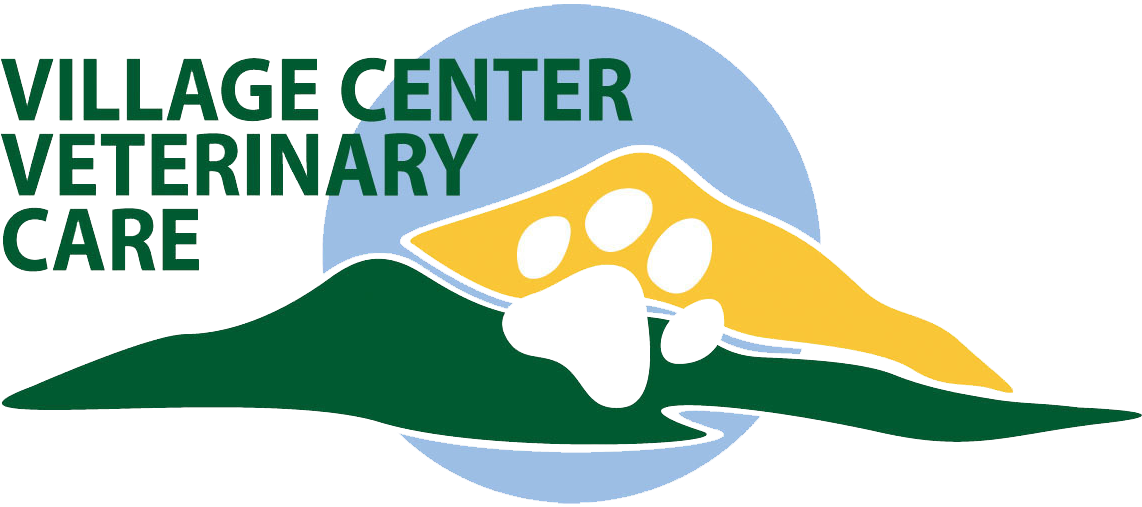There is one condition that every owner of a large breed dog should know about and be prepared to take action against at the first sign of trouble. It is casually know as "bloat", but more specifically known as gastric dilation and volvulus, or GDV. This syndrome is different from the kind of bloat your dog gets when he sneaks the pantry door open and eats three boxes of cheerios and a bag of flour. In that case he may look like he just swallowed a 55 gallon drum and he may be moving a little slow, but all of those stolen delicacies will work their way through his system out one end or the other with relatively few side effects likely to occur.
In the case of true GDV a dog’s stomach rotates on its axis and becomes twisted off at the inlet and the outlet. At the same time the twisted off stomach starts filling with air and expanding like a balloon. The pain from the twist can cause a dog to swallow air, which can be forced past the upper twist into the stomach, but can’t come back out the same direction and can’t continue on past the lower twist. The stomach rapidly distends until it is filling the entire abdomen. At this point a lot of really bad things are happening. The blood flow to the stomach itself has been kinked off at the top and bottom, and the extreme distention pinches off any blood that would be getting to the rest of the tissue of the stomach. The blood supply to the spleen has often also been twisted off when the stomach rotated. One of the most serious effects of an extremely distended stomach is that it can start compressing the major vessels that return blood flow from the back half of the body to the heart. When the heart is only getting part of the normal blood supply returned it can’t work correctly and general cardiovascular collapse occurs. The bad news is that a dog can go from perfectly normal to unsalvageable in a matter of hours. The good news is that when GDV is recognized early it can often be treated completely successfully with surgery.
Owners should know what to look for. We don’t know the exact triggers that cause a GDV to occur, but we do know that there are certain circumstances that are associated with it. Body type plays a strong role. Large breed, deep chested dogs like Great Danes, Dobermans, German Shepherds, Labs, and Golden retrievers are ideal candidates. Standard Poodles can get this problem, but miniature poodles do not, so all you owners of small dogs can rest a little easier.
The stereotypical, but not necessarily universal, scenario for development of GDV is as follows. A large breed dog, who is a great gobbler of food, sucks down dinner in 5 seconds flat as usual. After the meal he goes for his evening walk and some time later in the evening his owner notices him looking uncomfortable. As time progresses he starts heaving as if to vomit, but nothing comes up. His midsection starts expanding dramatically, and his condition deteriorates rapidly. If at that point the owner realizes what is going on and immediately gets the dog in to the veterinarian there is a chance that he might survive. This is often an after-hours situation, so if your vet is closed for the day, go to an emergency clinic. If the diagnosis turns out to be three boxes of cheerios and a bag of flour instead of GDV you can count yourself lucky and go home. I have never been able to save a GDV patient that waited all night for their regular vet to open in the morning.
At the veterinarian’s an x-ray will probably be taken to confirm the diagnosis and efforts to decompress the stomach will be started immediately. As soon as the dog can be stabilized enough for surgery he will be anesthetized and opened up so that the stomach can be untwisted and restored to it’s normal position. The stomach is also surgically anchored to the body wall so that it cannot rotate again. Sometimes the spleen needs to be removed and sometimes devitalized sections of the stomach need to be removed. There are many possibly life-threatening complications that can occur after surgery, so the patient often has a multi-day hospital stay.
Some owners of at-risk breeds opt for an elective surgery to tack the stomach to the side of the body wall to prevent it from ever being able to rotate. This can often be done at the same time as a spay or neuter. Of course there are minor risks associated with the surgery, and GDV is a fairly uncommon condition, so owners need to weigh the risks versus the benefits. However, I bet most owners of dogs that have developed GDV would tell you that they wish they had had it done.

